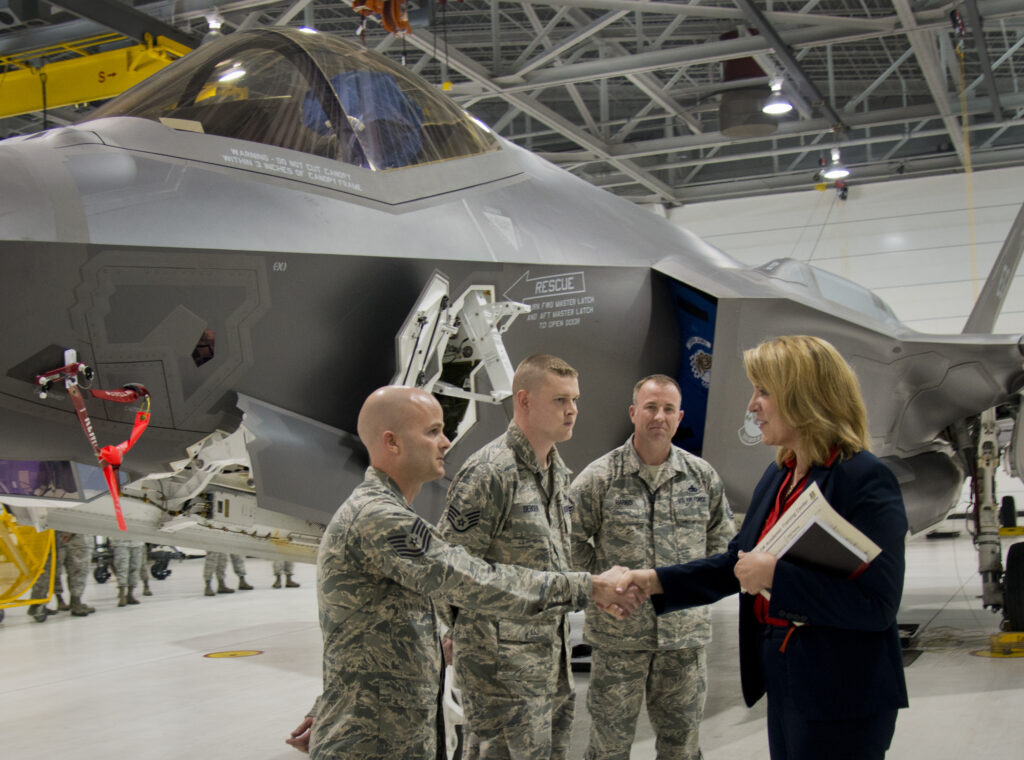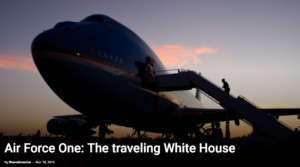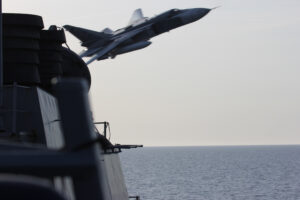F-35s Likely Heading To Europe In 2017; Costs ‘Coming Down’: SecAf James
Posted on

Air Force Secretary Deborah Lee James meets a F-35A maintenance crew at Eglin Air Force Base, Fla.
WASHINGTON: The Air Force’s F-35A will probably make its first operational deployment abroad “in the not too distant future… perhaps next summer,” heading to Europe to help NATO allies deter Russian aggression, Air Force Secretary Deborah Lee James said yesterday. In her endorsement of the F-35 and NATO, and her wariness of Vladimir Putin, Obama’s outgoing air boss politely took issue with President-Elect Donald Trump‘s very public stands on all those issues.
[Click here to read the latest cost figures on the F-35: It’s getter cheaper]
“Any incoming president or any incoming leader is going to be asking questions,” James said at the pro-NATO Atlantic Council. “Twitter is a different way of doing it,” she added, a little archly, but the questions Trump raises about the costs of Air Force programs — specifically the F-35 and the new Air Force one — are legitimate: “Let’s face it, this is a lot of money we’re talking about.”

Air Force One (from ShareAmerica.gov)
Why so much money? While the president’s plane might look like any other Boeing 747, she said, “Air Force One is in fact a flying White House,” with protection and communications to keep the President alive and in command even amidst a nuclear war. The requirements, she noted, were set by the White House security, not the Air Force. (What she didn’t mention was that the $4 billion cost cited by Trump is a preliminary estimate for two planes and R&D for advanced electronics).
As for the F-35, “it certainly has had a history of cost overruns and problems,” James acknowledged, “(but) if you look at the recent years…the cost has been coming down.” In a few years, the “5th generation” F-35 will be on par with the (inflation-adjusted) prices of the 1970s and ’80s-vintage “4th generation” fighter jets that it’s replacing. And those older aircraft lack the F-35’s stealth, advanced electronics, and artificial intelligence software to assist the pilot in making sense of a complex battlespace where threats move at hundreds of miles an hour.
“The threats sell this program,” James said. “We don’t have to pitch it” to foreign customers: They’re coming forward of their own accord, she said, with Israel upping its F-35 order 50 percent last month and Denmark coming aboard as a buyer in May. (Canada has deferred a decision whether to buy F-35s).
Those allies, like the US, fear how high-end adversaries “like a Russia or a China” are developing dense layered defenses of high-tech weapons, known in Pentagonese as “Anti-Access/Area Denial” (A2/AD). The kill zone of such systems extends well beyond the aggressor nation’s own territory, she noted, and “could allow a hostile actor to create a bubble around a certain territory in which they could then dictate special rules to the detriment of others.”

A Russian Su-24 buzzes the USS Cook in the Baltic Sea, April 12, 2016.
Anti-aircraft missiles on Russian soil, for instance, can shoot planes out of the sky anywhere over the Baltic States and well into Polish airspace. Russian jamming, hacking, and anti-satellite weapons can blind US sensors and deafen our communications. Then there are Russia’s advanced Sukhoi and MiG fighters.
That said, enemy aircraft are probably the least of an US pilot’s worries in an A2/AD fight. While the Russian planes can probably out-dogfight the F-35 at close ranges, the F-35’s stealth, sensors, and weapons are intended to let it shoot down adversaries at long range before they even it see it coming, a concept that’s reportedly proving out in exercises.
F-35s are also acting as scouts and coordinators for less advanced aircraft. The 5th generation aircraft — both F-35s and their twin-engined big brothers, the F-22s — can provide data from their superior sensors and use their artificially intelligent battle analysis systems to warn 4th generation pilots of threats and opportunities. It’s this kind of 5th gen/4th gen cooperation that will be crucial, James said, as the US and select allies begin fielding F-35s while the rest of the alliance — and indeed, most of the US Air Force — continues using older 4th gen jets. The only way to make this work is practice, she said: “It’s crucial to keep training together.”
The catch is the Air Force is short on pilots. The service is standing up new training squadrons to produce more pilots, James said, and it’s offering new bonuses to keep the pilots it already has from taking flight for better-paying airline jobs. But the service’s highest priority will remaining getting more money to hire more humans, not any high-tech weapon, James said.
“There is a lot of anticipation that there will be additional money coming to defense. The question is how quickly and where will it go,” James said. “I hope that the people issues will come out on top.”
Subscribe to our newsletter
Promotions, new products and sales. Directly to your inbox.
